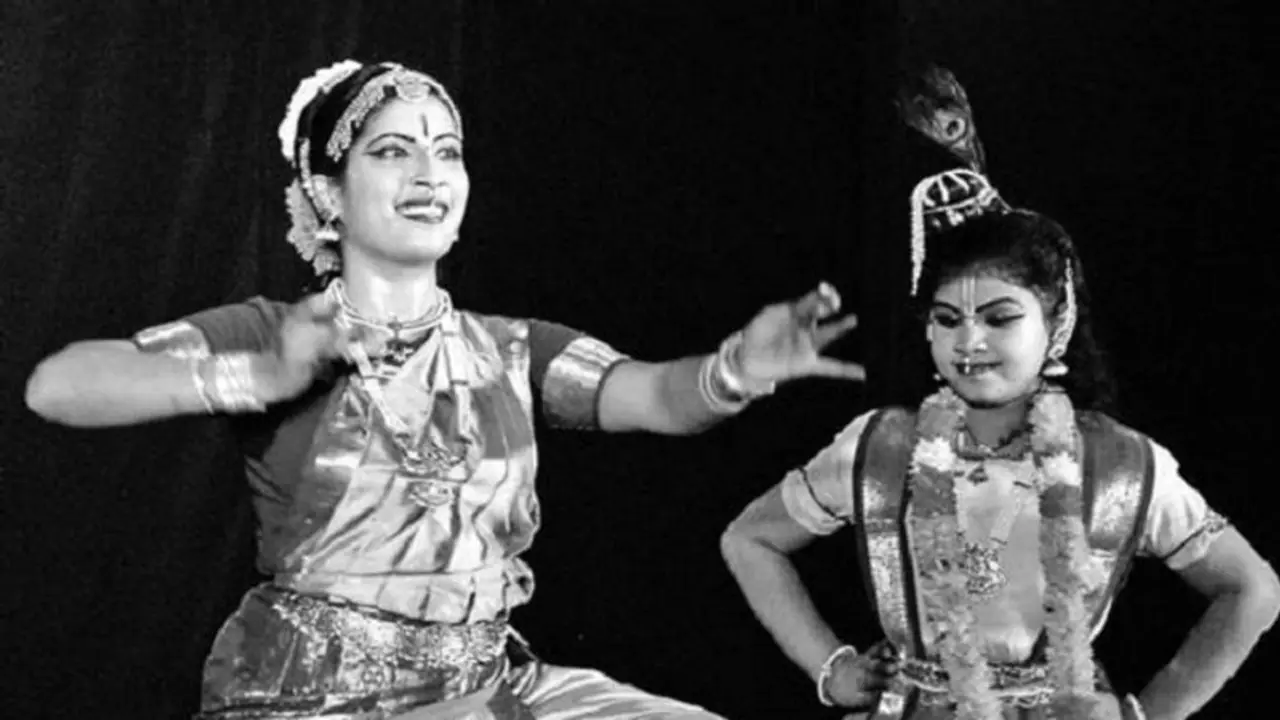In 1936, Rukumani Devi Arundale established what later became Kalakshetra, perceived now as an "organisation of national significance" in India. Her life spun around dance, and commitment to revitalising India’s artistic heritage.
Chennai: A 16-year-old Brahmin young lady Rukumani Devi wedded a 42-year-old European George Arundale and that had sent shockwaves to the people of Madras (now Chennai). Rukumani Devi Arundale was nine when she met her future husband, George Arundale, a college principal in Varanasi, at a conclave in Madras. He couldn't have expected that in just seven years, he would incite a gigantic mayhem in tranquil, respectable Madras.
As expected, the wedding shook the city and it was difficult for the couple to lead their life there. Thus, they decided to travel to Australia. Rukumani met Russian ballerina Anna Pavlova in her journey to Australia. It is Pavlova’s advice that encouraged her to step on the dance stage back in India. Theosophy is what brought Rukumani and Arundale together. When Arundale became the president of the Theosophical Society and Rukumani, as the First Lady, used her sway to add her interests.
1920s-1930s was a time of change for conventional dance in the south, and what we call today, Bharatanatyam with its “classical” significance, was the inherited legacy of the Devadasis and their lineal communities.
Though with a different genealogy, Bharatanatyam like Ballet manifests itself as a world form. Rukumani found the customary move 'Sadir' still in the grasp of the Devadasis and in a move frequently censured even today, she chose to make it acceptable.
Rukumani took in the move from a Devadasi in Mylapore temple and in addition to the fact that she performed to a group of people (unimaginable for an upper society those days), she also started teaching it.
Victorian authorities depicted Devadasis as "nautch" ladies, and the crumple of support at courts, for example, Tanjore (added by the British) deove a considerable lot of these ladies into the specific profundities of destitution. Some slid into prostitution, their shame discolouring the community as a whole, and also its creative interests.
Rukumani Devi assumed the main job here. She was not heartless to the Devadasis. There were allegations that she appropriated the acquired inheritance of the Devadasis. While her reason was that the work of art thirsted for reinvention.
This implied advancement - the melam outfit that went with the execution was stopped as an afterthought, saving the spotlight exclusively for the artist. The ensembles ("extremely chaotic" with "poor" hues) were changed, the stage itself lit up in present daylight, with props, foundations, and, most strangely, the picture of Nataraja, till then never satisfied in this form.
The "terrible affiliations" of Rukumani Devi were erased - erotic nature was disallowed, bhakti or commitment having its spot to bond, hit the dance floor with respectability. Where there was once Sadir with its "fallen" Devadasis, there was presently Bharatanatyam, overflowing with Sanskritic virtue.
In 1935, in spite of complaints from her master that one year of learning was lacking, Rukumani Devi performed in front of an audience, making the first non-Devadasi to dance in public.
In 1936, she established what might progress towards becoming Kalakshetra, perceived now as an "organisation of national significance" in India. Theosophical Society insiders were extremely furious that their assets were wasted to the common people, who were not thoughtful to their motivation.
Since her significant other was the president, they didn't articulate a word against her. When she renamed the place as Kalakshetra - the field of expressions, Tagore, apparently, stated, "In the event that I had thought of this name first, I would have named Shanthiniketan as Kalakshetra." The endeavour endured preliminaries of its own after her husband died, she needed to vacate the Theosophical Society premises and, as decades passed, Kalakshetra saw its very own legislative issues and quarrels.
Kalakshetra turned into the pre-prominent nursery of 'revived' Bharatanatyam, students arriving from everywhere throughout the world to grasp this ancient Indian dance and in addition, the lady who had helped give it its contemporary shape.
Later, in 1977, the then Prime Minister Morarji Desai offered her an opportunity to fill in as President, an open door she graciously declined. Her life spun, rather, around dance, and commitment to revitalising India’s artistic heritage.
